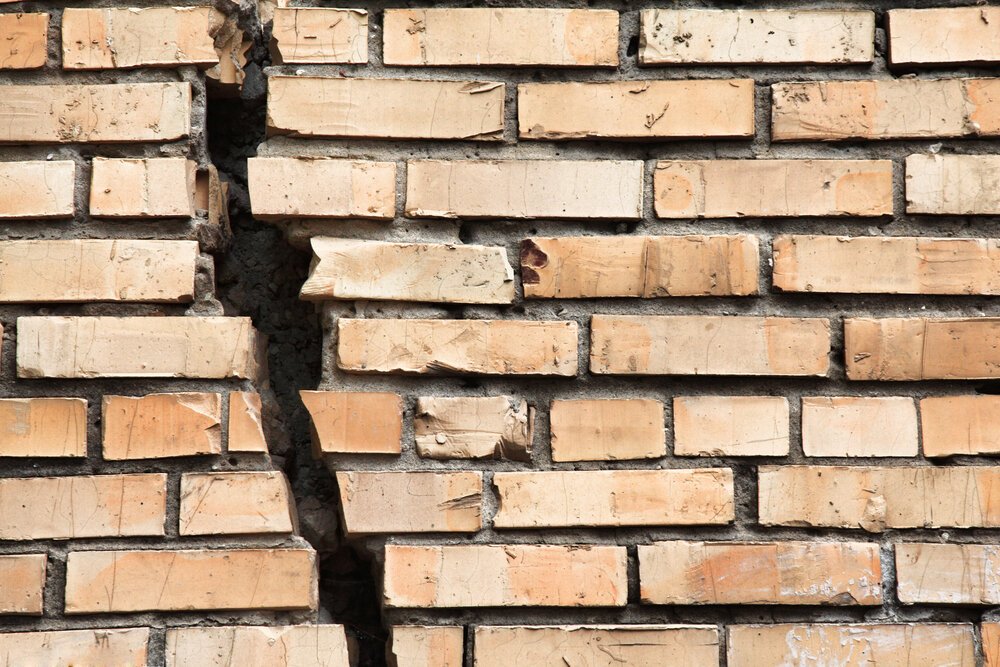Differences Between Settling and Foundation Problems
As a homeowner, your home is probably one of your most precious assets. Structural damage to property is one of the last things you want to deal with. It is a high priority to maintain the structural integrity of your home and, if it is compromised, it is essential to know the exact action that prevents additional structural damage.
With its foundation begins the structural integrity of a home. Foundations are usually built on a concrete plate that, over time, may begin crashing because of settlement or other common underlying problems. Each house and building eventually settles because of the downward gravity that puts pressure on the base of the house. When this happens, you can face foundation settlement or simple problems. For many homeowners, it can often be difficult to tell the difference between them. Therefore, we shall study and explain the differences between common foundation problems and fundamental settlement and foundation repair in Norman, OK, in this article.
What Is Settling?
House settlement' is a phrase used over time to describe a foundation's normal wear and tear. It is natural for homes to sink down a little, no matter how well a foundation is installed-especially in view of Texas ' weather and soil type.
Over excavating and insufficient backfilling can result in settlement, but the natural expansion and contraction of the soil is the major contributor. As the clay of our soil is subjected to periods of humidity and dryness there will likely be some shifting and compaction.
According to the American Society of Civil Engineers, approximately one quarter of all homes in America are affected by this sort of settlement. Many of these homes will be all right, but an estimated 10% of these homes will suffer from severe problems. The incident rates in the DFW area are much lower.
House Settling vs. Foundation Problems
The following are indicators of the settling of the house that do not necessarily imply fundamental problems. When you see one of these, don't hesitate to call because it can also be a simple problem.
Thin, hairline cracks less than 1/4 cm wide are observed.
Small cracks appear between blocks in the L-shaped section of the foundation or in the mortar.
Cracks at home don't seem to grow longer or wider.
Besides a few cracks, there are no other warning signs here and there.
Faulty Foundation
It is difficult to believe, but brand-new homes often come to fail in the first five years. This is seen many times in a rainy season with swollen soil and followed by extreme drought in which clay can recover, causing the house to collapse up to five inches within some months.
Contact Ram Jack by American Leveling for foundation repair in Norman, OK.

